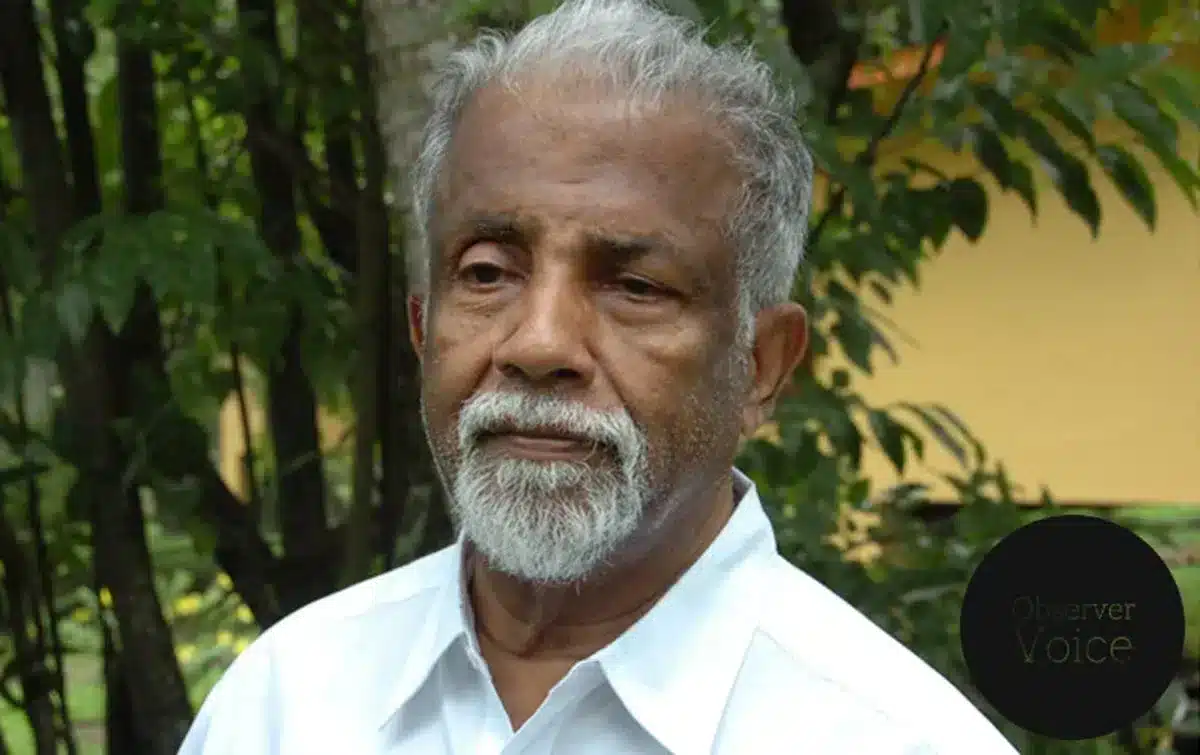George Sudarshan: Trailblazer in Theoretical Physics and Quantum Optics

George Sudarshan (16 September 1931 – 13 May 2018) was an Indian American theoretical physicist and a professor at the University of Texas.
Life and Career
He was born on 16 September 1931, in Kerala, India. He studied at CMS College Kottayam and graduated from Madras Christian College in 1951. Later in 1952, he got a master’s degree from the University of Madras. After that, he worked with nuclear physicist Homi Bhabha at the Tata Institute of Fundamental Research (TIFR). He then went to New York to study at the University of Rochester with Robert Marshak. He earned his Ph.D. from Rochester University in 1958, then he moved to Harvard University as a post-doctoral fellow alongside Julian Schwinger.
In the field of Physics, he made a lot of great contributions. Together with Marshak, Sudarshan developed the V-A Theory of the weak force, which eventually led to the Electroweak Theory. Also, he developed the quantum representation of coherent light.
Aside from that, he did some of the best work in quantum optics. His theory proves that classical wave optics is equivalent to quantum optics. Also, he suggested Tachyons, particles that travel faster than light. Also, he invented something called Dynamical Maps that help study open quantum systems. Sudarshan proposed the quantum Zeno effect with Biddyanaith Misra.
Sudarshan had also taught at the Tata Institute of Fundamental Research, Syracuse University, University of Rochester, and Harvard University. In 1969, he joined as a professor of Physics at the University of Texas (Austin). He was also a Senior Professor at the Indian Institute of Science. During the 1980s, he worked at the Institute of Mathematical Sciences in Chennai.
In addition to quantum optics and quantum field theory, he was also interested in elementary parcel physics, gauge field theory, foundations of Physics, and classical mechanics. He also lectures frequently on Vedanta, a topic he’s interested in besides Physics. He died on 13 May 2018, in Austin, Texas, United States.
Awards and Legacy
He won many awards, including the C.V Raman Award (1970), the Padma Bhushan (1976), the Bose Medal (1977), the Third World Academy of Science First Prize in Physics (1985), the Majorana Prize (2006), the Padma Vibhushan (2007), the Dirac Medal of the ICTP (2010), and the Kerala Sastra Puraskaram award (2013).
Read More: 16 September in Indian and World History
Observer Voice is the one stop site for National, International news, Sports, Editor’s Choice, Art/culture contents, Quotes and much more. We also cover historical contents. Historical contents includes World History, Indian History, and what happened today. The website also covers Entertainment across the India and World.

